Tshikwalakwala bumper wheat harvest
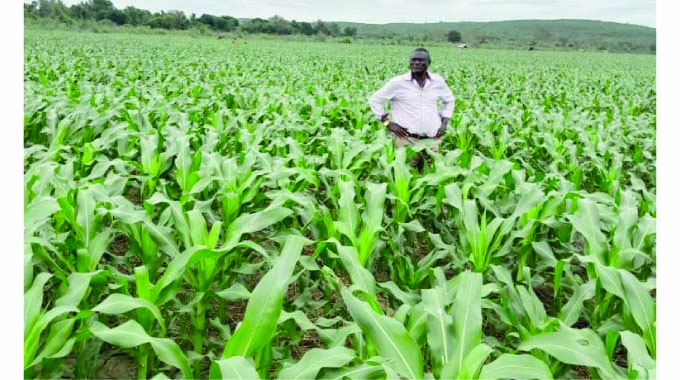
Rejoyce Sibanda, Chronicle Reporter
FARMERS at the newly rehabilitated Tshikwalakwala Irrigation Scheme in Beitbridge District, Matabeleland South recorded a bumper harvest of wheat and have already put 26 hectares under maize.
The harvested wheat has since been delivered to the Grain Marketing Board (GMB). The country requires about 360 000 tonnes of wheat annually and more than that has been harvested this last winter. The Tshkwalakala farmers who have already planted maize, said they are preparing to put 45 hectares under sugar beans in February.
There are also plans to expand the hectarage to 90 hectares of which 25 hectares will be reserved for citrus farming.
The Government in partnership with the International Fund for Agricultural Development (IFAD) invested US$1 million to rehabilitate the scheme. FAD is a specialised agency of the United Nations that works in developing countries to improve agricultural production rural areas.
The Government through the Smallholder Irrigation Revitalisation Programme (SIRP), partnered IFAD to rehabilitate the scheme.
The 65-hectare irrigation scheme had been lying idle for the past 15 years and work to revitalise it started in 2019 and was completed in September.
The scheme has 136 plot holders and they are working with the Agricultural Rural Development and Advisory Services to boost production.
This year, Matabeleland South had 2 286 hectares under wheat compared to last year’s 1 158 hectares.
The increase has been attributed to various strategies which have been implemented by Government and its partners as well as buy-in from farmers. In an interview yesterday, Beitbridge East MP, Cde Albert Nguluvhe said the irrigation scheme has improved lives of the rural community in the semi-arid region.
He said the farmers efforts have started paying dividends.
“The farmers managed to harvest 21 tonnes of wheat which was all delivered to GMB. They have since planted maize on 26 hectares and another 45 hectares will be put under sugar beans in February,” said Cde Nguluvhe.
Beitbridge lies in semi-arid region where rain fed cropping does not do well hence the decision by Government to establish irrigation schemes.
Tshikwalakwala irrigation scheme is solar powered and the water for irrigation is from boreholes.
Mrs Grace Hlongwane, a plot holder said the irrigation scheme has transformed their lives as they are now guaranteed income.
“As women we carry the larger part of the social burden. The rehabilitation of Tshikwalakwala Irrigation Scheme is a positive development and it is provided extra revenue streams to members,” she said.
The scheme’s management committee chairperson, Mr John Kibi Muleya recently told Chronicle that the revitalisation of the scheme has given the local community a new lease of life.
He said the irrigation scheme is a major source of livelihood for the community. Mr Kibi Muleya said before the revitalisation of the irrigation scheme, they used to operate using three diesel-powered pumps, which was economically unsustainable.
Due to the high operational costs, some plot holders were already considering pulling out of the scheme.
The Government under the Second Republic is targeting the transformation of rural and urban economies through boosting food production, providing markets for produce and creating jobs.
Zimbabwe envisages to be an upper middle-income economy by 2030 and agriculture is critical in the attainment of that vision, with the sector targeting to become a US$8,2 billion economy by 2025.
Zimbabwe is an agrarian economy with most of the country’s sectors being directly and indirectly linked to the agricultural sub-sector.
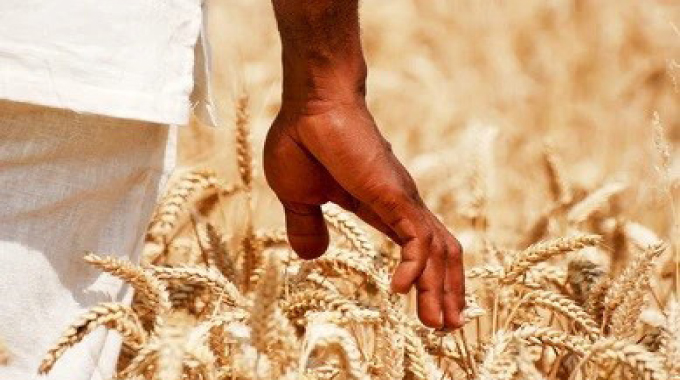
Wheat – Image taken from Shutterstock
Food insecurity is a global threat affecting almost every nation with Zimbabwe not spared. The global food crisis has been triggered mainly by prolonged droughts due to climate change, the Covid-19 pandemic and the on-going Russia- Ukraine conflict, which has affected the global food supply chain.
Launching the National Development Strategy 1 (NDS1) in November 2020, President Mnangagwa said under the five-year Government economic blueprint, all sectors of the economy are obliged to increase production.
Under the NDS1, more resources and greater momentum are being injected towards dam construction and efficient irrigation systems.
The Second Republic has made food security a top priority and is working towards a US$8,2 billion agriculture industry economy, contributing 20 percent of GDP by 2025, underpinned by the country’s NDS1 — the driver towards Vision 2030 to make Zimbabwe an upper middle-income economy.
In 2019, the Government introduced the Climate-Proofed Presidential Inputs Scheme, popularly known as Intwasa/Pfumvudza.

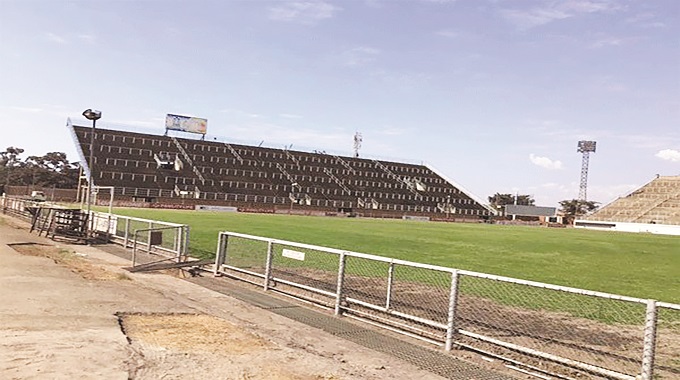
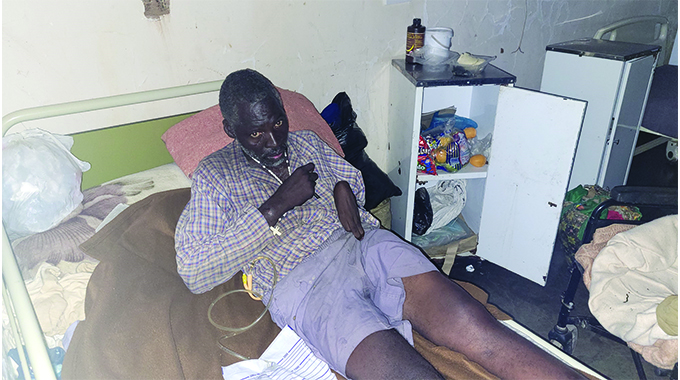
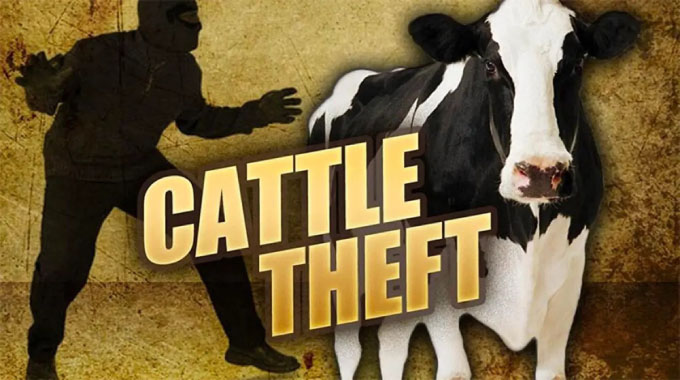
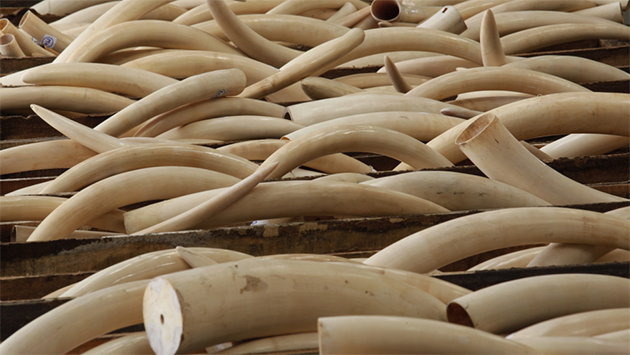







Comments